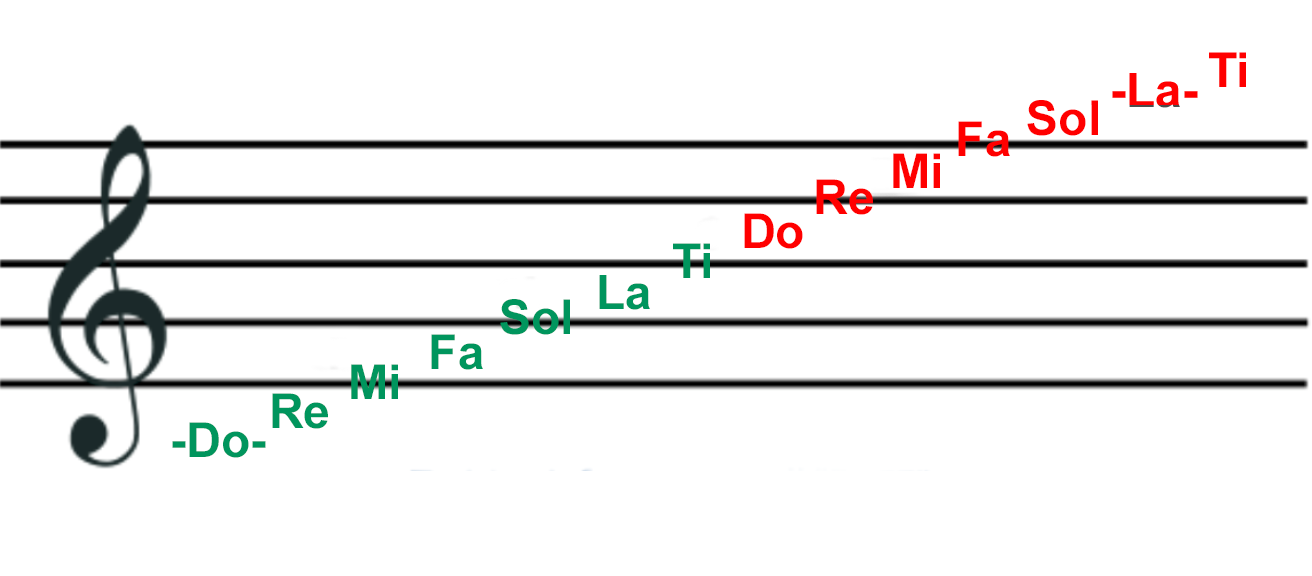Music Ministry
Church & Choir Donations.

Many concerts today include a QR Code included in the program that allows people in the audience to use their cell phones to read the music being sung by the choir or guest vocalist. Similarly, concert programs can include a QR Code for donations which is more convenient than passing around baskets for cash or personal check donations. Many governments around the world are creating Central Bank Digital Currencies (CBDCs) and mobile phones will have applications to scan QR Codes and send digital currencies direct to the digital address created for that central bank digital currency. These governmental digital currencies are being created around the world because of the decreasing value of the paper money backed by those governments. Moreover, governments and central banking systems are being threatened by de-centralized (peer-to-peer) digital currencies that the governments or central banks cannot control. Below is a comparisons of the different types of digital currencies.
Central Bank Digital Currencies (CBDCs)
De-Centralized Digital Currencies
According the Federal Reserve of the U.S. Government: A CBDC is a digital form of central bank money that is widely available to the general public. “Central bank money” refers to money that is a liability of the central bank. In the United States, there are currently two types of central bank money: physical currency issued by the Federal Reserve and digital balances held by commercial banks at the Federal Reserve. While Americans have long held money predominantly in digital form—for example in bank accounts, payment apps or through online transactions—a CBDC would differ from existing digital money available to the general public because a CBDC would be a liability of the Federal Reserve, not of a commercial bank.
De-centralized digital currencies were created as an alternative to the dystopian Central Bank Digital Currencies where the central organization has total control over the currency. To the contrary, holders of decentralized digital assets have total control over those assets, and in reality, everyone will have the choice of using either CBDCs — or decentralized assets such as Bitcoin or U.S Dollar Stable Coins. (Stable Coins are digital assets backed by U.S. dollars or its equivalent.) Regardless of the payment method used, either one of these digital assets can be used to make donations to a church or church ministry. (It is possible that centralized central bank digital currencies will become a reality within the next several months, so now is the time to start thinking about this alternative.)
Voice Exercises
Notes From a Beginner – In doing research for digital asset donations to non-profit organizations, and after attending numerous church choir concerts, I became interested in joining our church choir. I did not, however, have any musical background and I knew nothing about how to read a sheet of music. So, I embarked on a series of courses to learn how to read music. In addition, I took courses to learn more about note and pitch recognition. The following are extensive notes from my studies.
The second reason I am publishing these videos is to share my experiences with others. Each person should develop their own training methods for proficiency and retention, but I hope these videos can help anyone else interested in growing in their musical skills. If anyone has corrections or suggestions on how to make this video series better and more effective, I would love to hear from you.
Bass C Notes & Pitches
This music exercise video will help you to learn not only the individual music pitches in the Bass C Octave, but also where the notes are located on the music score staff.
Middle C Notes & Pitches
This music exercise video will help you to learn not only the individual music pitches in the Middle C Octave, but also where the notes are located on the music score staff.
* Digital Asset Ministries charges no fees for it’s consulting services. Nor does it receive or send any digital assets. It is recommended that each church, choir, or ministry maintain a digital asset account at a regulated institution like Fidelity Investments. Any digital assets donated to that account can then be converted to local currency and either kept in a cash account at the institution or transferred to a traditional bank account associated with that ministry.
© 2022 All Rights Reserved.
